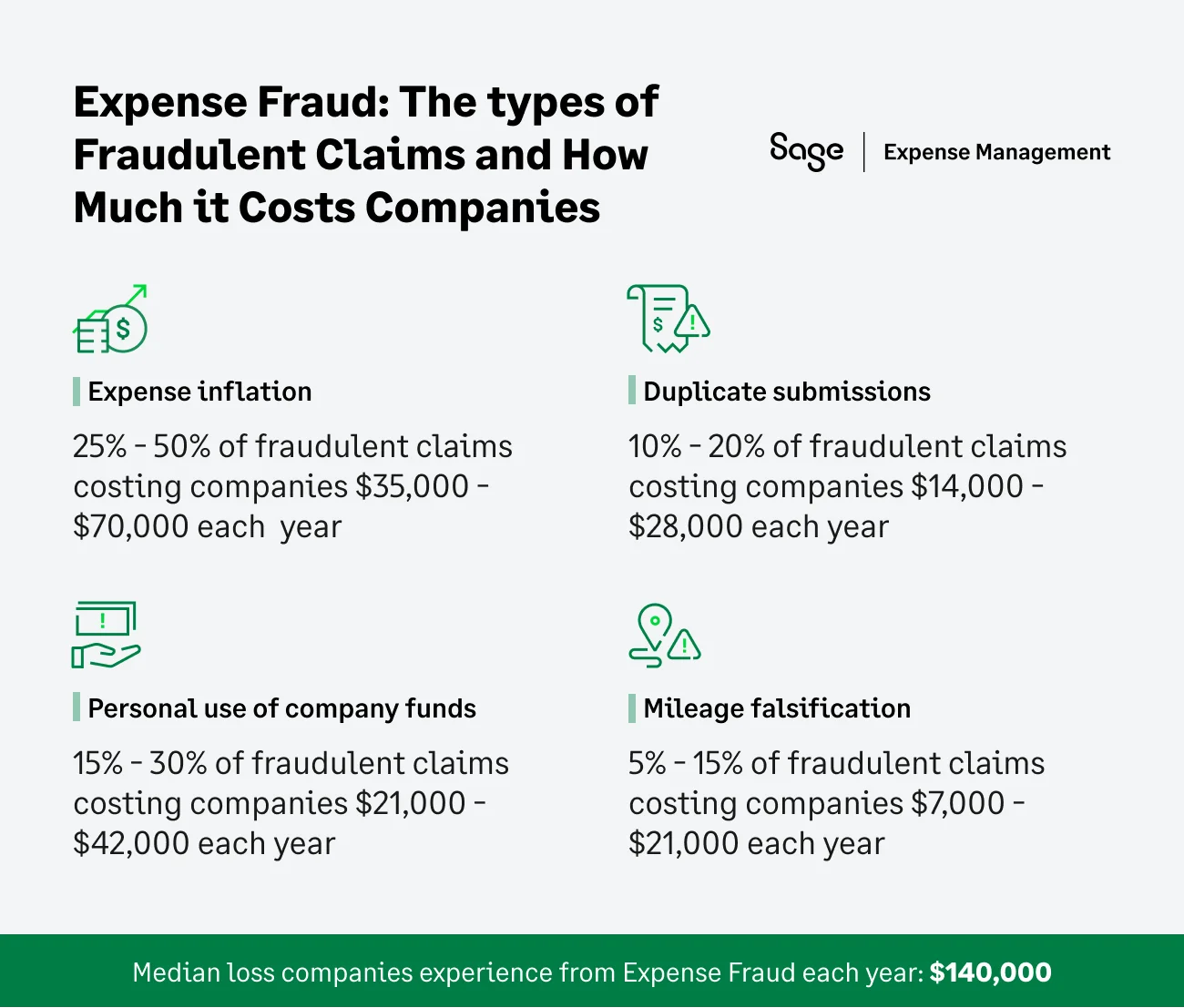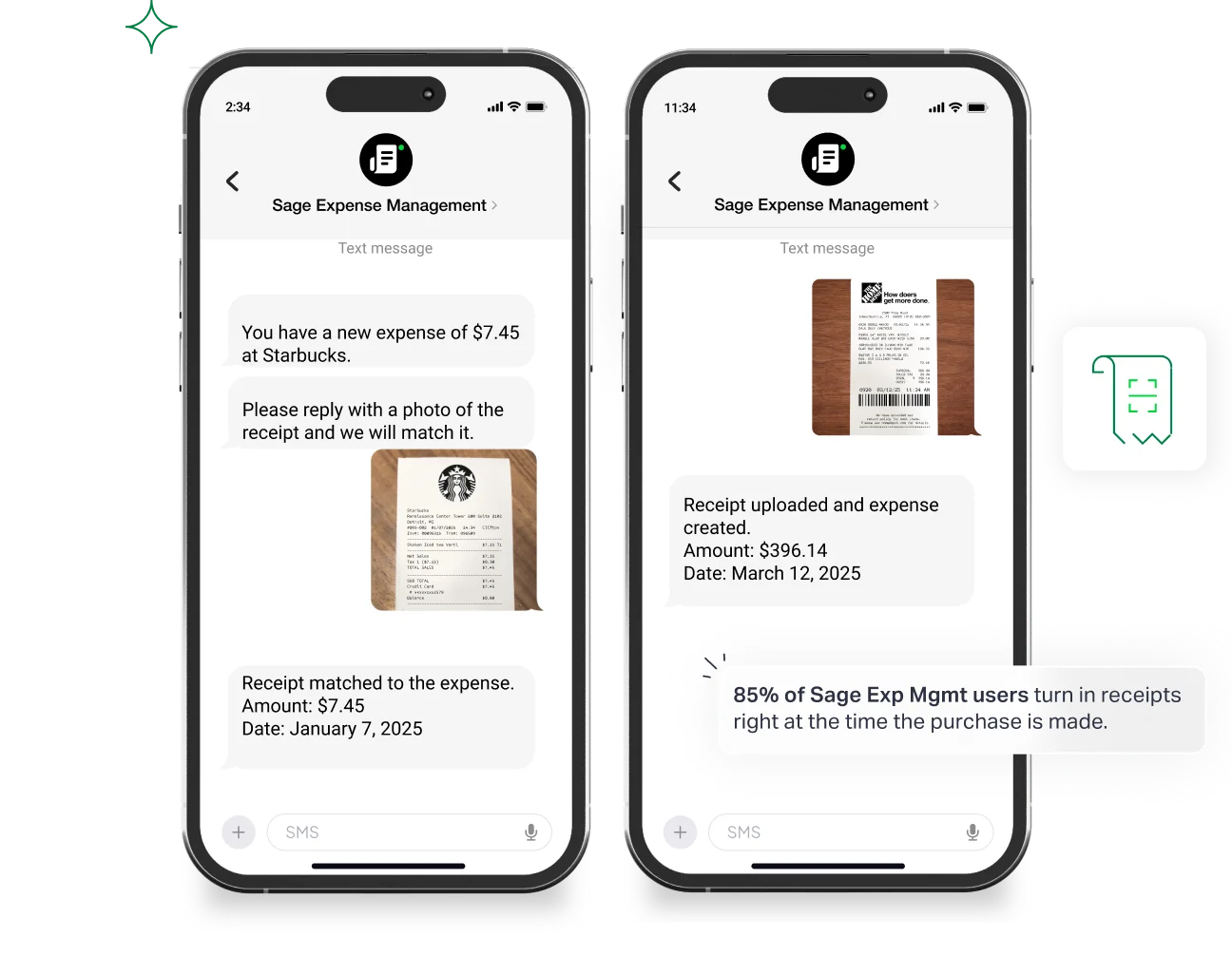You’ve heard of the principle: "Garbage In, Garbage Out" (GIGO).
When applied to expense management, GIGO is the systemic result of a manual, retrospective process. Every time a frustrated employee guesses a GL code or misclassifies a purchase, that inaccurate expense data poisons your financial reports.
The real danger is that this contaminated data flows directly into your Budget vs. Actual (BvA) analysis, turning your strategic forecasts and profitability metrics into guesswork. The tedious task of manual expense categorization is not merely an administrative cost—it is a strategic failure.
The Direct Impact on Strategic Insight

Misclassified expenses—the result of manual processes—have a crippling effect on core financial oversight:
- Flawed forecasting: Your budgets rely on historical accuracy. If you can’t trust last quarter’s spending data, your current strategic plan is built on shaky assumptions. Misclassified costs lead to wildly inaccurate projections for staffing, inventory, or operational expenses for the next budget cycle.
- Invisible profitability: In project-based businesses (like construction or consulting), if employees miscategorize client-billable hours or project materials as general "Overhead," you lose the ability to see the true cost-to-serve. This flaw prevents management from accurately identifying which clients or business lines are actually profitable.
- The unreliable map: When reports are contaminated with bad data, leadership is forced to fly blind. This leads to risky, unsubstantiated decisions—cutting costs in the wrong departments or overspending in areas that don't drive growth.
Where Tactical Errors Become Financial Risk
The tactical headache of poor categorization carries serious, quantifiable consequences for your bottom line and your regulatory standing:
Compliance and the IRS Trap
Manual inaccuracy routinely violates core tax principles by failing to distinguish between types of expenses, which is critical for audit defense (as outlined in IRS Publication 535):
- Expense vs. Capital: Employees often mistakenly deduct the full cost of a major purchase (e.g., machinery, large tools, business assets) that should be capitalized and recovered over time through depreciation.
- Expense vs. COGS: Costs like freight, shipping, and raw materials must be properly categorized into Cost of Goods Sold (COGS), not incorrectly treated as general operating expenses.
The Fraud Multiplier

Unreliable, inconsistent data is an open invitation for policy violations and internal fraud. With manual systems, detection is always reactive.
The median loss companies face from expense fraud each year is a staggering $140,000. When you are spending 12 to 34 hours a month manually cleaning up miscoded entries, you lose all ability to proactively detect and prevent this massive financial drain.
The Sage Expense Management Fix: Ensuring Accurate Data
You cannot afford to build your company’s future on "Garbage In." Sage Expense Management (formerly Fyle) ensures you have "Gold Standard" data by automating accuracy at the source:
Automatic, Enforced Categorization

Our AI uses OCR to auto-code the expense based on vendor data and purchase details, eliminating the vast majority of manual entry errors.
Mandatory Custom Fields
You define the required data points. Use dependable custom fields (Project, Department, Fund, Grant) that must be completed accurately before an expense can be submitted. This guarantees granular data is captured consistently every single time.
Real-Time Expense Visibility

With instant purchase alerts, you gain a proactive, trustworthy view of spending. You can immediately rely on your dashboard data for strategic course-correction—not wait until the errors are locked into your BvA reports.
From Reactive Cleanup to Strategic Confidence
Reliable expense categorization is the essential bedrock of strategic finance.
Stop spending valuable accounting hours on reactive data cleanup. It's time to eliminate GIGO and ensure your Budget vs. Actual reports are actionable, not misleading.
{{gl-data="/cta-banners"}}


















